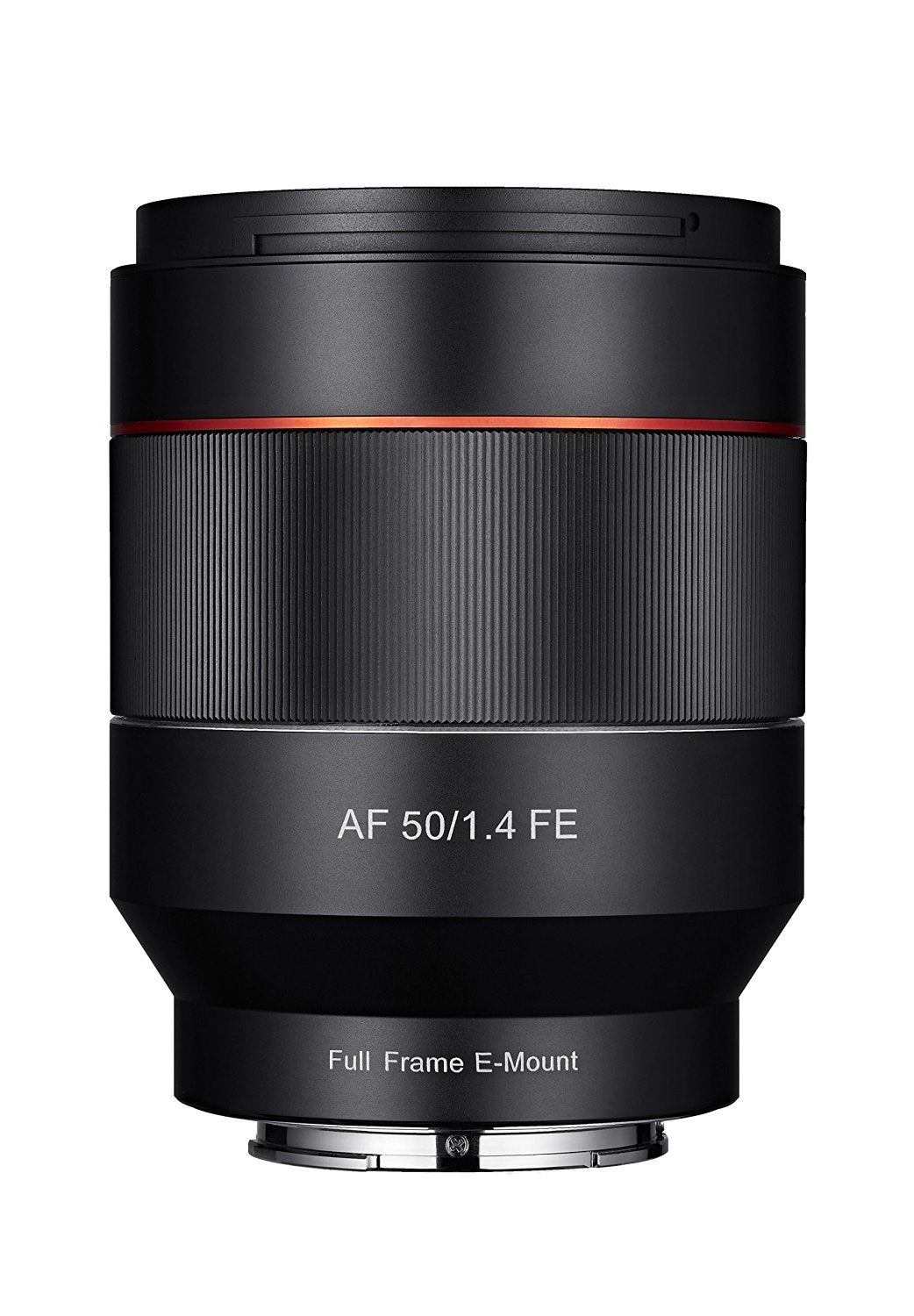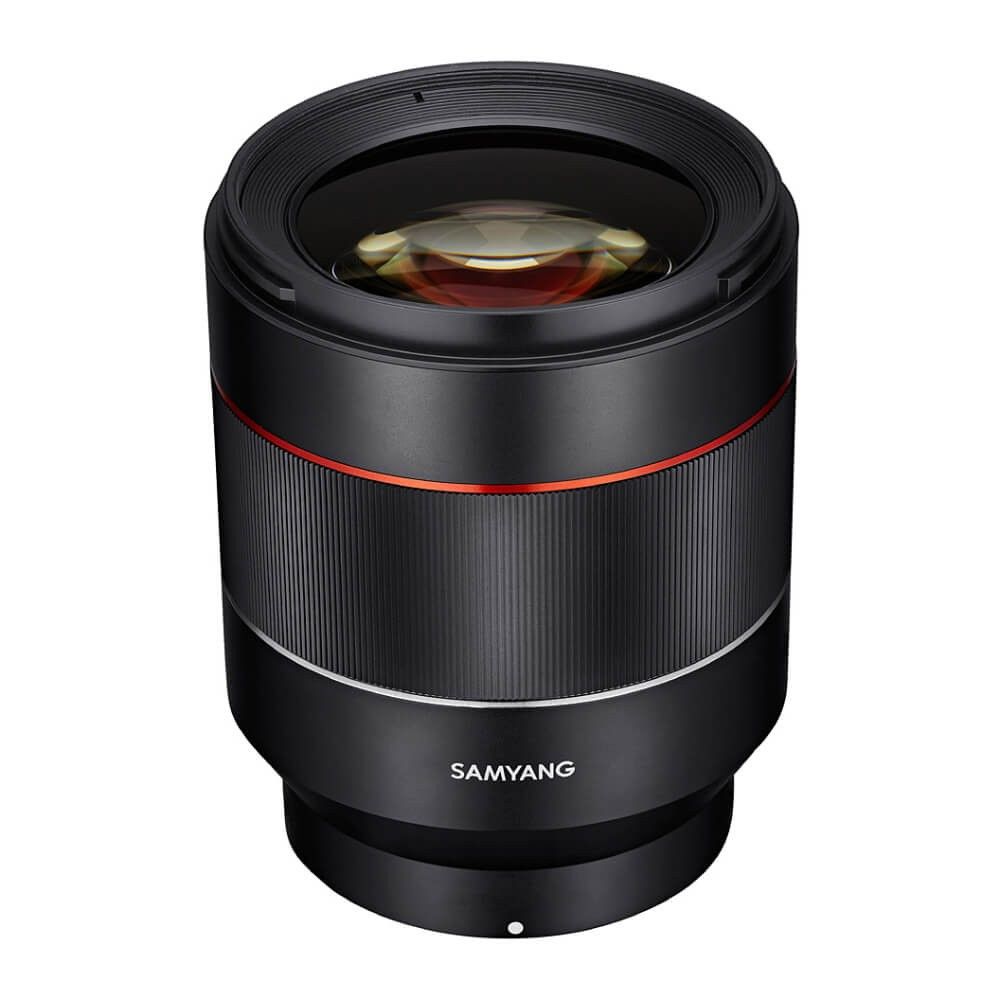Product Description
Samyang AF 50mm F1.4 Lens for Sony FE Mount
- Image Sensor size: Full-frame Sony FE and APS-C Sony E sensors
- Focal length: 50mm
- Maximum aperture: F/1.4
- Lens construction: 9 elements in 8 groups (3 Aspherical)

AF 50mm F1.4 FE, Samyang’s first autofocus lens, was developed for usability and for the common user. The lens, which is the most common 50mm standard angle with a bright aperture, delivers a beautiful bokeh, allowing every user to easily produce high quality photos.
The Samyang AF 50mm F1.4 FE is specifically designed to work in harmony with full-frame Sony FE mount mirrorless cameras. The flow of light is devised, based on the uniqueness of the distance from glass to sensor in mirrorless cameras to create optimal performance.

Along with the portability of mirrorless lenses, this new Samyang AF 50mm F1.4 lens is compatible with full-frame sensors to deliver the wideness and sharpness of the image to photographers.
The F1.4 aperture is by far the brightest of full-frame mirrorless lenses, offering a beautiful bokeh effect and the best quality images under various exposure conditions. Also, the 67mm filter diameter brings the maximum amount of light into the lens to create the best work of light in photography.

Based on Samyang Optics’ exceptional optical technology, Ultra Multi Coating and three aspherical lenses have been included among the nine elements in eight groups to minimise aberration and unnecessary light dispersion, delivering high resolution from the centre to the corners of the image.




















